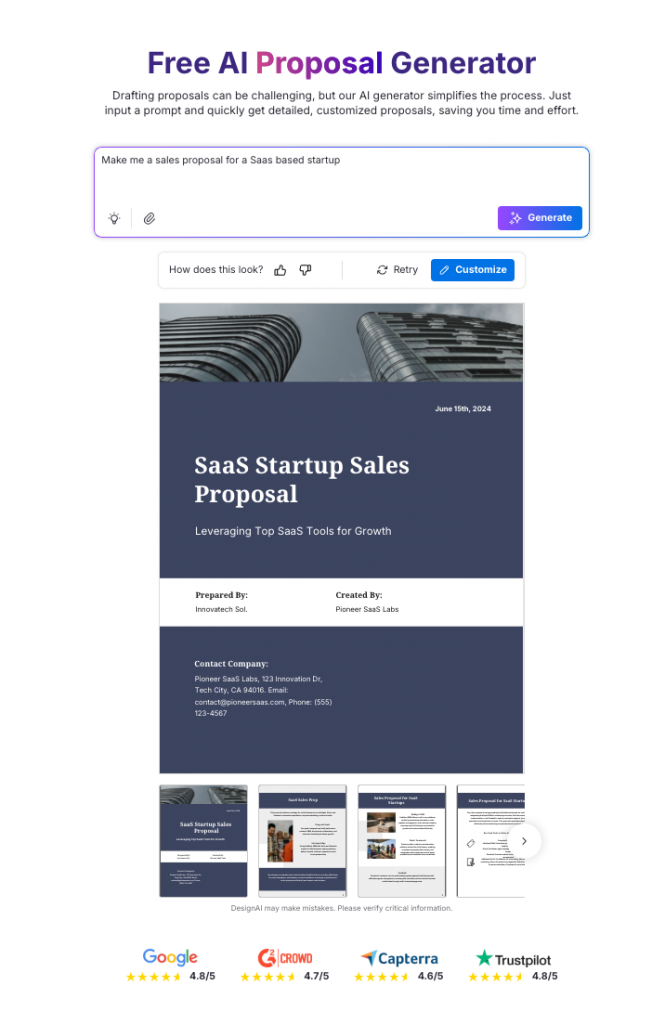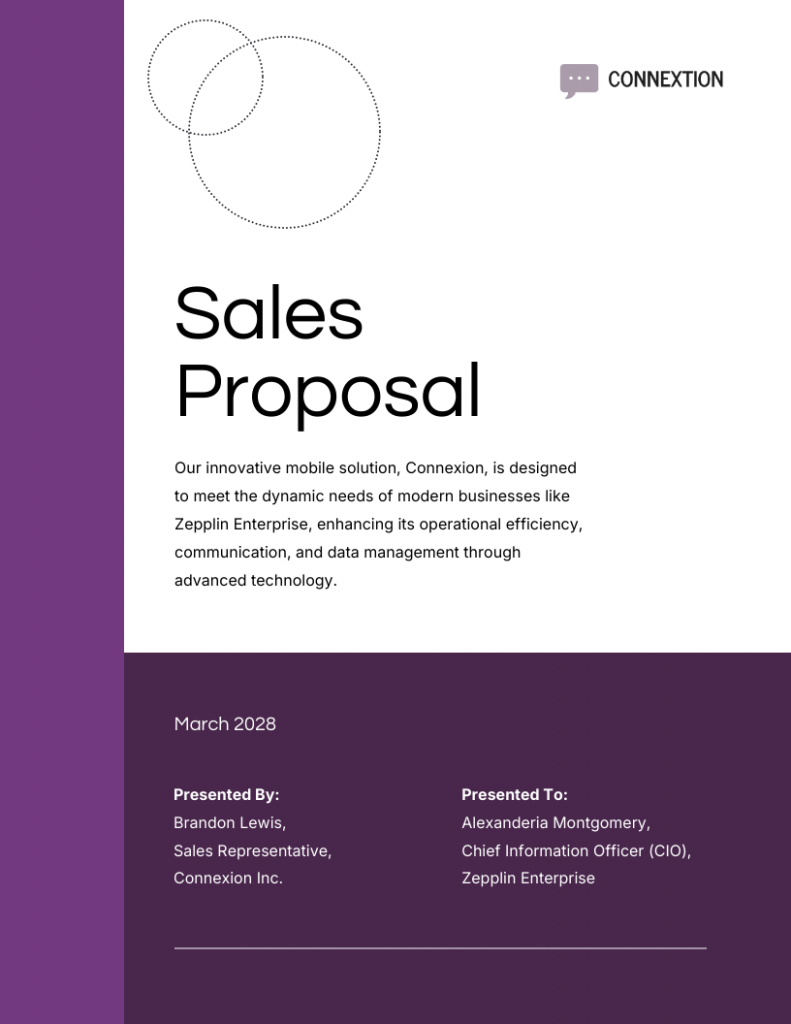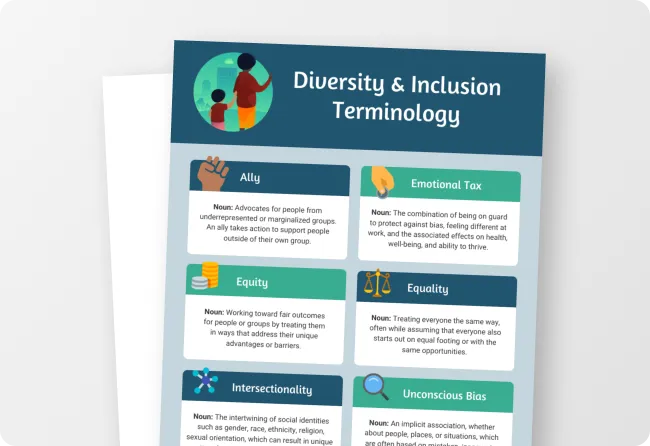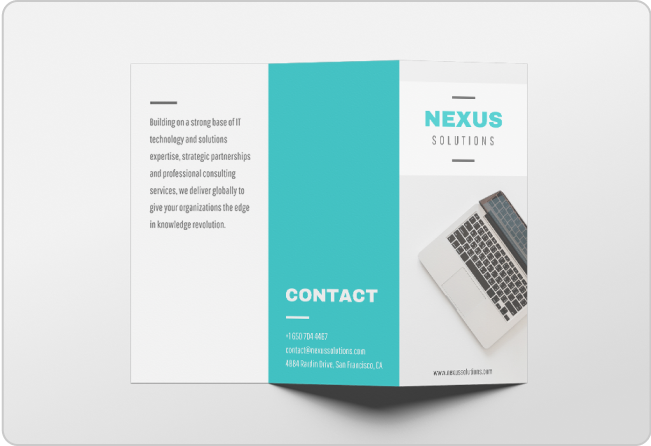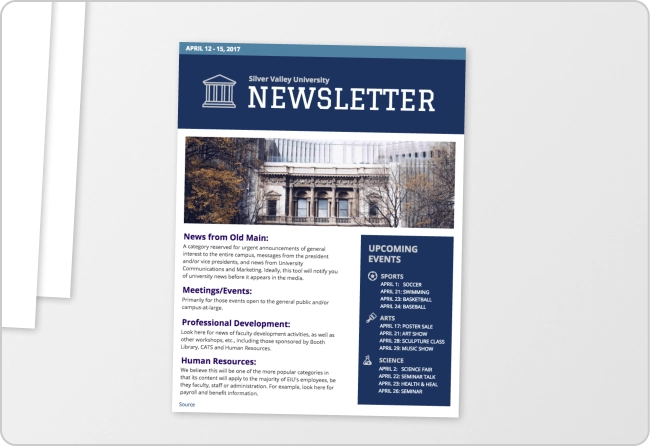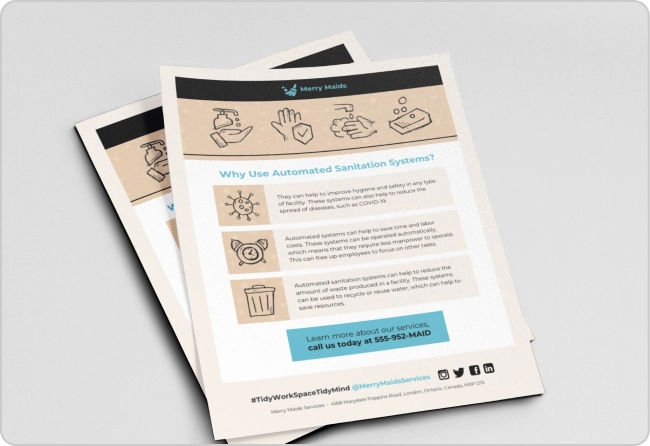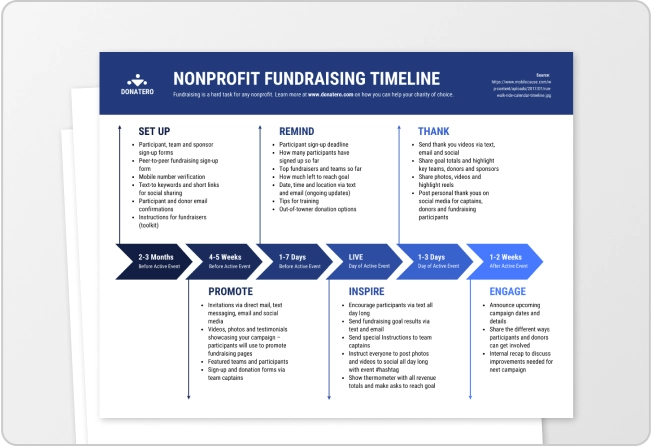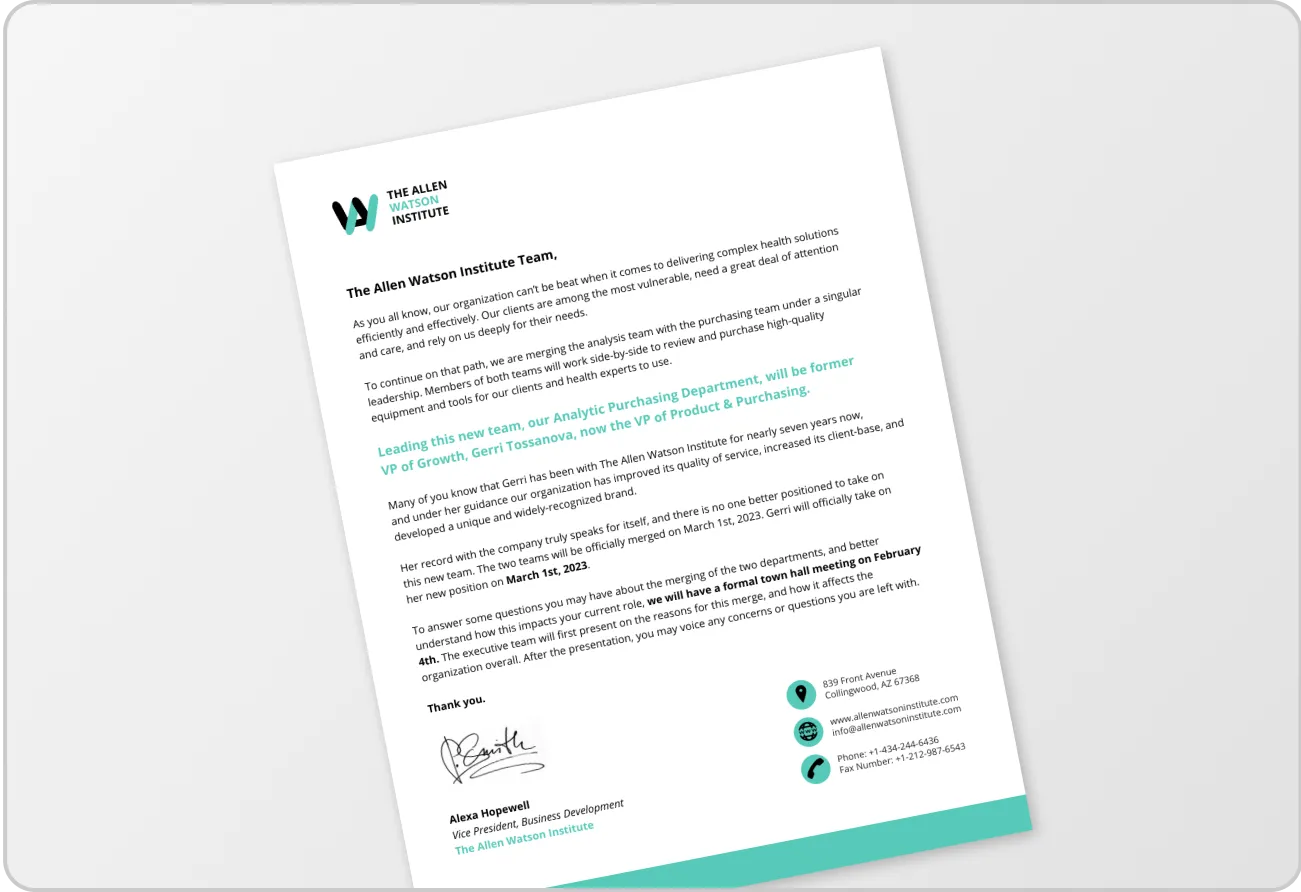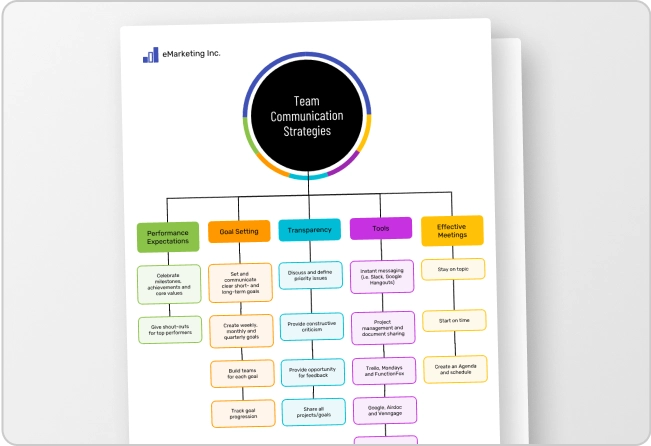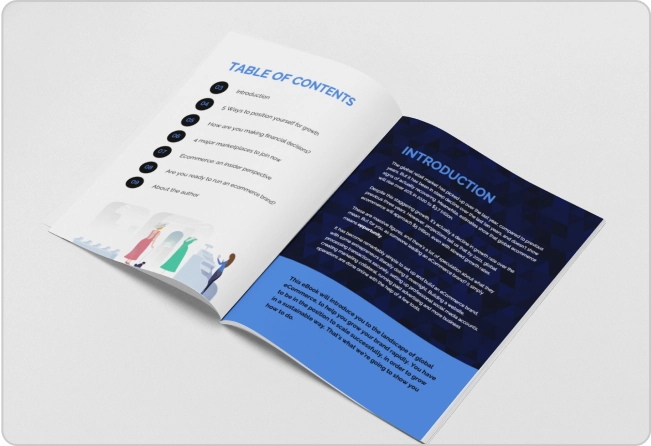
Imagine putting together a carefully crafted proposal for a prospective client only to be met with crickets. Frustrating right? The truth is, that a sales proposal is much more than outlining your services. A good proposal demonstrates what you can do, and a great proposal convinces the client you are the right choice.
This guide breaks down the sales proposal process with examples, research, and templates to help you create personalized proposals and win clients.
What is a sales proposal?
A sales proposal is a document used to pitch potential clients. It aims to outline their problem, explain your solution and show the client why you are the right partner for the job. Unlike a business proposal, which may focus on partnerships or funding, a sales proposal is designed to get a clear “yes” from a prospect.
It’s different from quotes (pricing only) and invoices (payment requests). A sales proposal sits in the middle — so you should aim to make it persuasive yet practical.
The anatomy of a winning sales proposal
Every winning proposal includes seven elements. Its strength lies in following a simple yet powerful structure. Sticking to these seven parts makes your proposal easier to read, more persuasive, and more likely to win clients.
- Cover letter/executive summary: Include a quick, high-level overview explaining the client’s challenge, your recommended solution and the expected business impact.
- Client problem statement: Highlight 2–3 specific pain points and back them with data or recent examples from the client’s industry.
- Proposed solution and scope of work: List what you will deliver, how you will deliver it and clearly define what is in and out of scope.
- Pricing and payment terms: Present a transparent cost breakdown and explain the ROI. Include payment terms clearly.
- Timeline and milestones: Share a simple schedule with key milestones and delivery dates.
- Proof and credibility: Add 1–2 short case studies or testimonials showing measurable outcomes.
- Next steps: End with a clear call to action, such as booking a call. Provide a direct link or contact information for the client to reach out to you.
Related: Marketing Proposal Examples: 9 Templates to Win Clients
How to Write a Sales Proposal in 7 Steps
Writing a sales proposal doesn’t have to feel overwhelming. By breaking the process into clear, actionable steps, you can create a proposal that wins attention and convinces clients.
Here’s how to write a sales proposal in 7 steps:
Step 1: Research your prospect
The best proposals start long before you write a single line. Take time to learn about your client’s goals, challenges, competitors, and even their recent wins. Tools like LinkedIn Sales Navigator or Google Alerts can give you fresh insights into the client you are pitching.
For example: Take a look at their LinkedIn, recent Initiatives, etc.—maybe there’s a new product launch, which would mean a need for marketing, brand awareness, or sales support. Similarly, you can look at their customer reviews to better understand their pain points with their customer.
This kind of research equips you to speak your client’s language, prove you understand their world, and ultimately build the trust that strong partnerships rely on.
Step 2: Plan your structure
Jumping straight into writing often leads to messy proposals. Instead, draft an outline that follows the seven-part structure (executive summary, problem, solution, pricing, timeline, proof, and CTA).
This immediately shows that the proposal is about them, not you. From there, choose one clear narrative to anchor the rest of the document.
Some proposals work best when built around ROI, while others emphasize speed, innovation or risk reduction. Deciding on this focus early helps your proposal feel consistent and purposeful. It also prevents you from diluting your message by trying to solve everything at once.
Limiting yourself to the two or three most pressing challenges makes your argument sharper and easier to follow. Finally, think about how your proof will align with the story you are telling. Case studies, testimonials, or ROI numbers that mirror the client’s priorities will always carry more weight than generic examples.
A well-planned structure then ensures your proposal flows logically, builds momentum, and keeps the client engaged from the first page to the last.
Related: How to Design a Proposal That Wins Clients (With Examples)
Step 3: Write your introduction & problem statement
Your introduction is the hook—the first impression that convinces your client to keep reading. Instead of a generic opener, mention their challenges directly. Show empathy for their pain points, understand and make it relatable to them. Make them feel like you really “get them.”
Here’s a sample problem statement included in a sales proposal for a tech company. It mentions the core challenges tech companies face and how they impact overall business growth.
Step 4: Present your solution
Connect the dots between the problem and solution. Explain how your product or service directly addresses the client’s challenges. Focus on benefits (what they gain) rather than just features (what you provide).
Here’s a sample solution for the problem statement shared above. See how each problem is aligned with a solution. For example, technology integration is proposed as a solution to tackle outdated workflows.
Step 5: Add pricing & terms
Talking about money can feel uncomfortable, but transparency can have a huge impact in building trust. Clearly outline costs, payment terms and what’s included. When possible, show the return on investment (ROI) to justify the price.
Step 6: Provide evidence
Let your past results speak for you. Clients need proof that you can deliver. And testimonials do that job wonderfully.
According to a survey by Scribewise, 51% of salespeople say case studies are the most effective for closing deals. Meanwhile, a Demand Gen Report study shows that 79% of B2B buyers consider case studies essential during their decision-making process. These stats highlight how much weight real success stories carry in convincing skeptical buyers.
For example, if you’re pitching to a retail brand, show results from your other retail client: “We increased online sales by 28% in three months.” Numbers like this carry far more weight than vague claims.
If you’re just starting out and don’t have a long track record, you can still use smaller wins, portfolio samples or pilot results to demonstrate capability.
The key is to match your evidence to what the client values most — cost savings, speed, growth or innovation. By showing proof that aligns with their goals, your proposal becomes credible, convincing and harder to ignore.
Step 7: Close strong
The final lines of your proposal should aim to leave the client with confidence in your partnership.
This is your chance to reinforce why YOU are the right choice.
Summarize the value you bring, restate the client’s main goal and connect it to the outcome you’ll deliver. Then add a simple, action-driven CTA to make moving forward easy.
For example: “By approving this proposal, you’ll have a partner focused on reducing your operating costs by 20% this quarter. Let’s schedule your kickoff call this week to get started.” A strong close is part reassurance and part momentum-building – This helps make sure that the client finishes reading the proposal with clarity and excitement. Excited about the next step.
Related: How to Write a Product Proposal: Step-by-Step Guide + Templates
Why sales proposals are critical for closing deals
A great sales proposal is often the deciding factor between winning or losing a client. Research shows that well-crafted proposals don’t just communicate value, they actively drive conversion. According to Proposify’s 2023 Proposal Report, well-crafted proposals that are clear, personalized and visually engaging are 35% more likely to close than generic ones.
Sales proposals can help you:
- Understand the client’s needs. In fact, Salesforce’s State of the Connected Customer report found that 66% of customers expect companies to understand their unique needs and expectations. A tailored proposal demonstrates that you’ve done your homework and positions you as a trusted partner not just any other vendor. This forms the basis of a good, if not great business partnership.
- Demonstrate your solution’s value. Prospects want to know what they’ll gain, not just what you do. Studies show that proposals highlighting ROI and outcomes are 25% more persuasive than feature-driven pitches.
- Reduce uncertainty with clear deliverables. Ambiguity kills deals. Clear timelines, milestones and pricing remove doubt and give the client confidence in moving forward. Transparency allows projects to move fast, manage expectations and build on trust with the clients.
- Stand out. Most proposals are generic, copy-paste documents — which clients can spot instantly. A visually engaging yet well-structured proposal (like those built with Venngage templates) signals professionalism and attention to detail, setting you apart in a crowded field of boring sales proposals.
Writing tips to make your proposal stand out
Personalize every proposal
People like to hear things about themselves. Use the client’s name, reference their industry and even mention something specific you found in your research. This shows that you have put in effort with your clients and makes them feel valued.
For example: “We noticed your recent product launch in Asia—this proposal outlines how we can support its growth.”
Keep the language benefit-driven
Features describe what you offer; benefits explain why it matters to the client. In proposals, that difference is critical. Instead of writing, “Our platform includes automated reporting,” reframe it as, “You’ll save 10 hours a week with automated reports that free your team to focus on selling.”
Clients don’t buy tools, they buy results. By shifting every feature into a tangible gain, your proposal becomes easier to say yes to.
Use visuals to simplify
A wall of text loses attention fast. Charts, infographics or project timelines make your proposal more engaging. Choose sales proposal templates with charts and visuals to create an engaging sales proposal.
For example, instead of writing “We’ll complete the project in four phases over three months,” show a simple timeline graphic with milestones. A cost breakdown or proposed growth trajectory works far better as a bar chart than a paragraph of numbers or stats.
Common mistakes to avoid while creating sales proposals
Some say, Rome fell due to mistakes in its administration, similarly strong pitches can collapse if the proposal itself is poorly written. Watch out for these pitfalls:
- Sending a generic template. Copy-paste proposals tell the client you didn’t bother learning about them. Always customize. Always personalize.
- Being vague about deliverables or timelines. “We’ll increase your sales soon” doesn’t inspire confidence. Specificity builds trust. So be specific: say “We’ll increase sales by 20 % in three months.”
- Listing prices without explaining value. If your proposal says “$10,000 campaign” with no ROI context, it sounds expensive. Aim to align results with the price.
- Overloading with unnecessary detail. Long-winded background sections distract from the solution. Keep it relevant, concise, and clear. Add only what is necessary.
- Weak or missing CTA. Many proposals end with “Let us know what you think.” That’s passive. Instead, use active CTA say: “Let’s get this proposal approved today and we’ll schedule your kickoff meeting this week.”
Avoiding these mistakes not only strengthens your proposal but also shows professionalism, clarity, and confidence — qualities every client wants in a partner.
Sales proposal formats & tools
Not all proposals are made equal – the right format can make a big difference in how clients engage with your pitch.
- PDF vs interactive proposals. PDFs are the most common because they’re easy to share, sign and preserve formatting across devices. Interactive proposals, however, allow for clickable links, embedded videos and dynamic updates that can impress modern clients.
- Slide decks. For live presentations or pitches over Zoom, a concise sales deck helps you highlight key ideas visually. They’re perfect when you are more confident in pitching something personally and want to summarize your proposal in a few engaging slides.
- Video proposals. A growing trend is sending short personalized video proposals. A personalized two-minute video proposal adds on to the layer of connection that text simply can’t match. This helps them stand out in crowded inboxes filled with texts. For maximum impact, pair your video with a clean one-pager or infographic outlining pricing, key milestones or ROI. Aim to have a good balance of making your proposal both memorable and compelling.
- How templates can save time without sacrificing personalization. Templates speed up the proposal formatting and design process, but the content must be tailored. Think of templates as a foundation: you save time on layout so you can focus energy on customizing the message for each client.
Venngage tools for creating sales proposals
Building a polished sales proposal from scratch can feel overwhelming. From layout to branding to formatting across devices, the proposal design process often takes longer than writing the content itself. That’s where Venngage makes the difference.
With Venngage’s AI Design tools Generator and drag-and-drop editor, you can create professional proposals in minutes, even if you don’t have a design background. Templates provide a strong foundation to build on to your sales proposal pitch, making it look both aesthetic and professional.
The platform also includes flexible download options (PDF, PowerPoint, interactive formats) so you can adapt proposals to the way your clients prefer to receive them.
Related: How to Write a Research Proposal: A Step-by-Step Guide
Sales proposal examples
A client-winning sales proposal is about making your offer clear and easy to act on. Below are two template examples that show how structure and design can work together:
Executive summary up front
This template has a strong executive summary explains who you are, what problem you’re solving, and why you’re the right partner. Notice the “Presented by” and “Presented to,” and how it makes the proposal personalized. It’s something most clients notice immediately.
Solution and proof combined

Another template takes a more visual approach by breaking down a product overview with icons and pairing pricing tables with ROI stats. For example, costs are shown alongside benefits like “reduce annual losses from breaches” and “increase customer trust.” This reframes price as an investment, not an expense.
In short: When choosing a sales proposal template, look for layouts that dedicate space to calls-to-action and contact details. Aim for balance, clarity, credibility and design without spending hours building from scratch.
Seal the deal: Your next winning proposal starts now
Generic proposals lose clients. The good news is that you now have a clear framework to write persuasive, client-winning proposals that stand out.
Strong proposals don’t just aim to close deals; they aim to build trust, strengthen relationships and create long-term revenue. Think of each proposal not as paperwork, but as a chance to prove your expertise in reliability and building trust.
Ready to take action? Use Venngage’s customizable proposal templates to put these lessons into practice today. In just minutes, you can design a professional, personalized proposal that wins you the deal.
FAQ: Answering common sales proposal questions
1. What are the 4 Ps of proposal writing?
Purpose, problem, proposal and proof. In other words, explain why you’re writing, define the client’s challenge, present your solution and then back it up with evidence like case studies or data.
2. What is the best format for a proposal?
PDFs are still the most widely used because they preserve formatting across devices and are easy to sign, which makes them reliable for formal deals. However, interactive proposals are gaining popularity since they allow clickable links, embedded videos, and real-time updates that keep clients engaged. Slide proposals, on the other hand, are ideal for live presentations or virtual meetings where you need to walk prospects through your pitch step by step. Each format has its strengths, the best choice depends on how you want to communicate your value
3. How long should a sales proposal be?
Most winning proposals are between two to five pages.That’s long enough to show value and credibility, but short enough that clients won’t feel overwhelmed. If you need to share extra details, include them in an appendix or link to supporting material.
4. What’s the difference between a business proposal and a sales proposal?
A business proposal usually covers broader opportunities such as partnerships, funding, or long-term collaborations. A sales proposal is narrower in scope, as it’s focused on solving one client’s specific problem and securing a “yes” for that deal.































